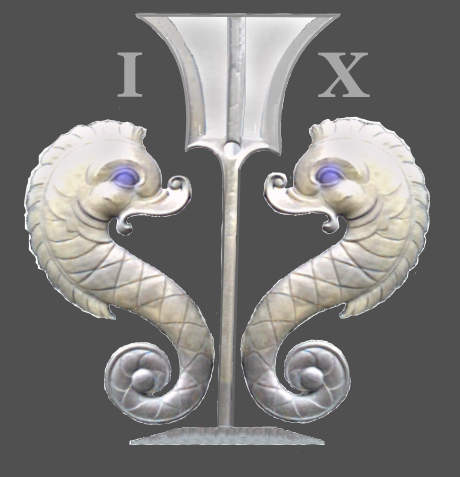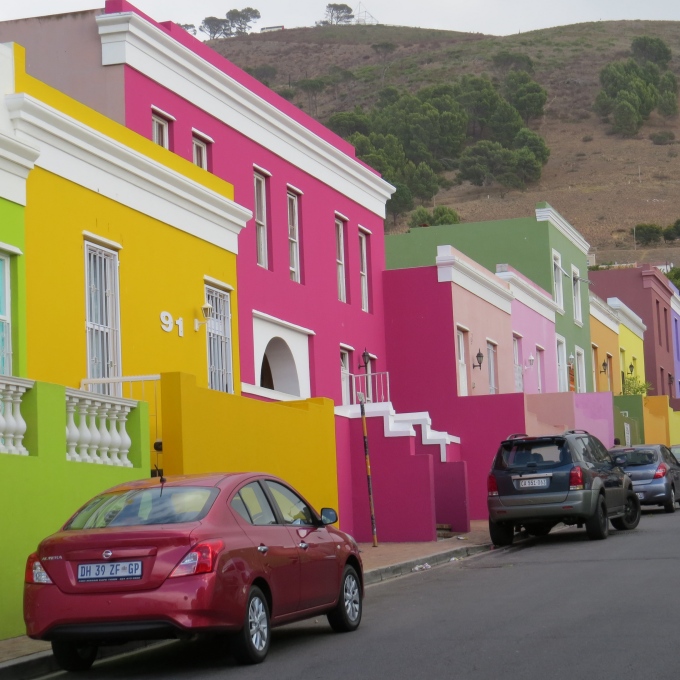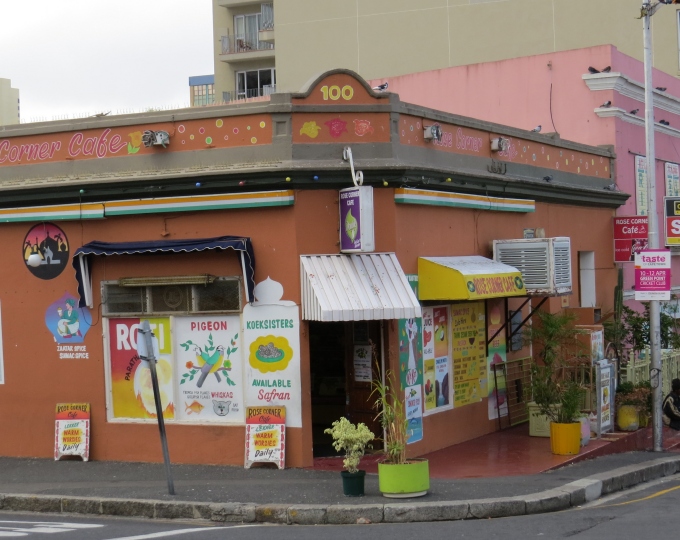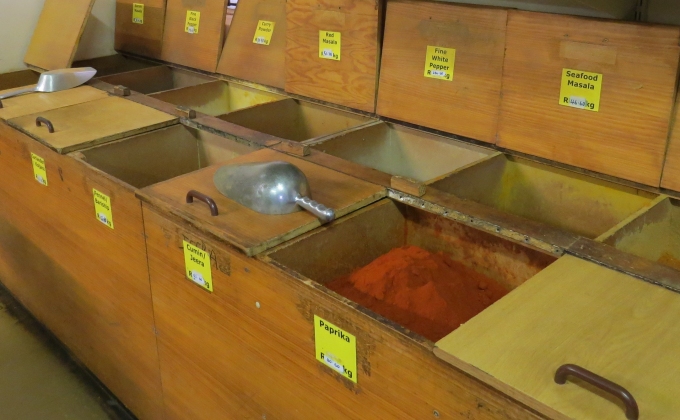On Top of Table Mountain
/We climbed to the top of Table Mountain the other day. We did it last time we were here, too. It's just too spectacular to miss. Many times, the top of the mountain is covered with a shroud of clouds. Locals call it the tablecloth. We've watched clouds move in swiftly, flowing and swirling over the top like “billowing fabric” as the visitor's brochure proclaims. For some visitors, it's hard to tell if it's going to be clear on the mountain or not. For us, we just stick our heads out of the cockpit. And, yes, the wind has finally calmed down … for the moment anyway.

Getting to Table Mountain via car is a trial. There's limited parking and so visitors park along the side of the narrow, winding Tafelberg Road. Even the views from our parking spot were grand.
Though we arrived fairly early in the morning, it was still a 30 minute hike up the steep road from our parking place to the ticket queue. There were two lines … the “already had your ticket purchased on-line” line and the “buy your ticket today, you stupid people, you!” line. We were in the stupid people line, but it seemed to be moving pretty much as quickly as the other line … until two buses arrived with smart people. There were sun awnings and cool, overhead misters along the way, so the 45 minute wait wasn't as traumatic or hot as it could have been.
We finally made it to the ticket office and then entered another queue. I say “climbed”, but I really mean “ascended” Table Mountain via an aerial cable car. It is possible to actually climb the mountain via a long trail, and last time we were here, we used this trail to descend from the top. This time, however, we opted to do a round trip on the cable car. It takes 65 passengers at a time up the vertical face of the mountain and deposits them on Table Mountain's flat top. The cars are round, designed to be aerodynamic and the floor rotates which provides a 360º view for every passenger (unless you're scrunched in the middle and short). The 5-minute ride to the 3,539' (1089m) summit is pretty dramatic.
Table Mountain, a result of volcanic and glacial activity 520 million years ago, is comprised of granite and sandstone and they claim it might be one of the oldest mountains in the world. Hmm. The top is a fairly level plateau about 2 miles (3km) wide with outstanding views of the city, Table Bay, local geographic features like Lions Head and Robben Island and the coastline for miles and miles.
The first recorded ascent of Table Mountain was by the Portuguese explorer, Antonio de Saldanha in 1503, who named the mountain Taboa da caba ("table of the cape"). Of course, the native Khoi inhabitants had been familiar with the mountain for millennia. Today, the two cable cars can transport 800 people an hour. Over 23 million people have explored the top since the cable cars first opened in 1929. In 2011, Table Mountain was named one of the new Seven Wonders of Nature.
There are three easy walks on the mountaintop and we walked all three.
The top is boulder-strewn with impressive cliffs along the edge.
It's autumn here and not the best season for flora. There were only a few wildflowers in bloom. Unfortunately, the national flower, the protea, was just beginning to bloom, but we took what we got. We did, however, see lots of lizards sunning themselves on rocks, some butterflies and lots of dassies (rock hyrax).
By afternoon, the morning haze had cleared and it was such a clear day, we could even see Nine of Cups in her berth at the Royal Cape Yacht Club which reminded us that it was time to get some chores done.
Tomorrow morning, we plan to visit Kirstenbosch Botanical Garden at the base of Table Mountain. Want to join us for a stroll?



























